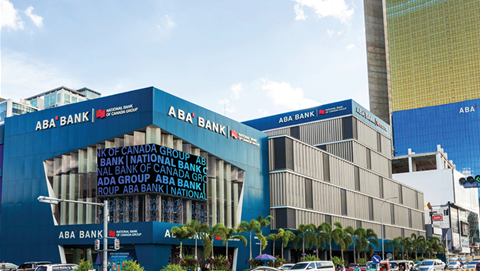As economies cope with the pandemic, the retail industry has been one of the most heavily impacted given the lockdowns and movement control orders enforced by governments across the globe.

Cas Brentjens, Vice President of Infor Nexus Supply Chain Business Networks, APJ reveals that the retail industry was already facing disruption due to the ‘Amazon’ effect. This ‘Amazon’ effect refers to a disruption to conventional physical retail locations triggered by the increase in online shopping.
Prior to COVID-19, retail was already affected by the rise of e-commerce. Moreover, brand owners were also entering the space with specialty stores.
With the pandemic, the move to e- commerce for retailers was accelerated. Now it has became necessary to become omni channel to compete, said Brentjens.
This has made it harder for smaller retailers, as developing an online presence would be harder compared to brand owners and large retailers. However, the presence of different online shopping platforms and markets have made it easier for them.
This also does not mean they must shut their physical stores. “I think that it will go in waves. At some point, people would love to go out again – making brick-and-mortar shops an enduring fixture,” said Brentjens. “However, organisations have to adjust to the new reality. This could mean reducing their number of goods and inventory, and becoming a specialty store or a pickup place as seen in many parts of the world.”
What are the e-commerce challenges?
When moving to e-commerce, Brentjens identifies the potential challenges that organisations might face:
- Active engagement with customers
As traffic to e-commerce platforms increases, buyers are becoming more inclined to make informed buying decisions as the education on a certain product is done remotely. Organisations would then need to be constantly up to date with their customers, actively engaging with them.
- Supply availability
With supply chain disruptions upstream, retailers would face availability challenges. This is also exacerbated by high shipping costs.
The combined effect of these two variables leads to an impact on availability, limiting the number of choices of the products for customers as organisations reduce their product line in case of turbulence to stay efficient.
- Lack of knowledge or talent
Traditional retailers might struggle to move to e-commerce due to a lack of knowledge or talent. However, the availability of marketplaces has made it easier for retailers to transition as the front end to the fulfilment can be outsourced.
- Increased competition
As the margins from moving to e-commerce is much lesser and less capital intensive, retailers would find themselves competing for volume as customers are now able to get anything from any place in the world – making the marketplace highly competitive.
Why retailers must expand their channels
Business resilience as an objective has become key for many organisations, and it is the same for retailers. Brentjens shares that retailers should look to becoming omni channel in order to sustain and grow their business.
“Don't rely on any one channel because that might be difficult if there are store closures, or restricted access. But at the same time, the online channel is extremely competitive,” added Brentjens.
“I think that retailers need to find the right balance between which channel works and how to serve their consumers in the right way. Ultimately, customer service remains an important factor. There are markets that are price sensitive, and there are markets that can afford the premium purchasing including returns.
“The other challenge with online sales would be country regulations impacting the return of goods. However, this can be outsourced back to the marketplace. These are e-commerce challenges you don’t get often at the store. Different go-to-market strategies have different challenges.”
Retailers can also build their sustainability credentials
For brand owners, Brentjens has noticed that sustainability has become an increasingly important decision factor when it comes to its operations.
Businesses are now interested in tracing the source of their products and if they come from sustainable suppliers to protect their brand as customers become more concerned of the sustainability of the goods consumed. Additionally, the track and trace of products allows companies to have real time tracking of their goods.
“The current generation of customers want their products now and delivered as soon as possible, even if it has to come from the other side of the world. The world has become a global marketplace, but at the same time it has also become a globally competitive environment,” said Brentjens.
“So then how do you find as a retailer, your space and play into that? There are enough challenges and opportunities, and that is where the marketplaces can help. The presence of social media also helps with targeting your audience. But the issue of privacy then arises. It's a challenging world for retail, but it is an interesting world as well with many hurdles to navigate.”










